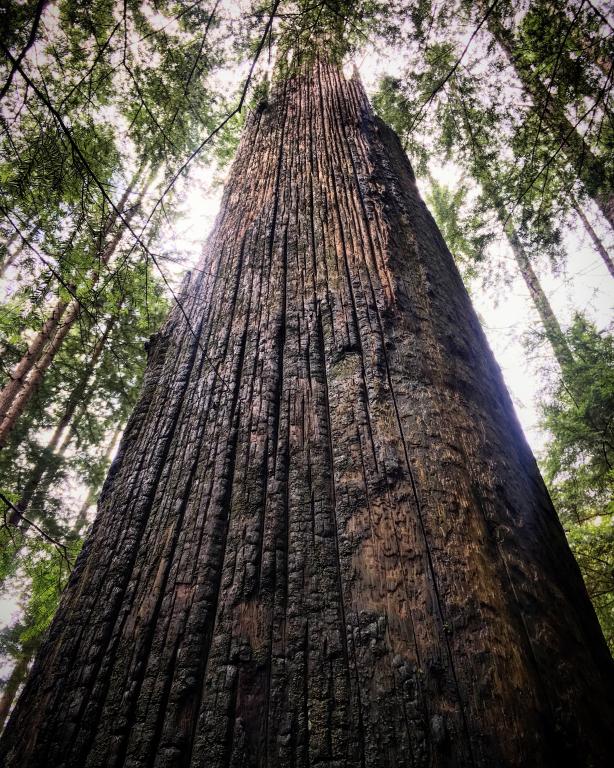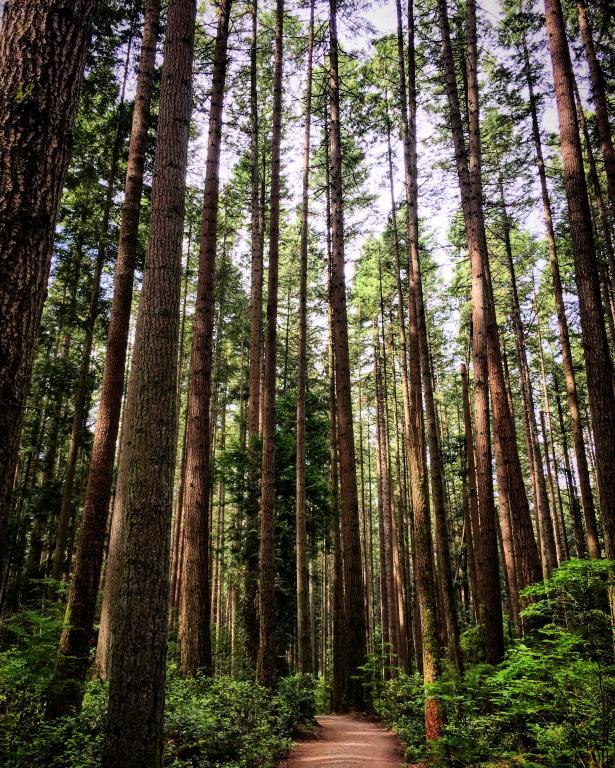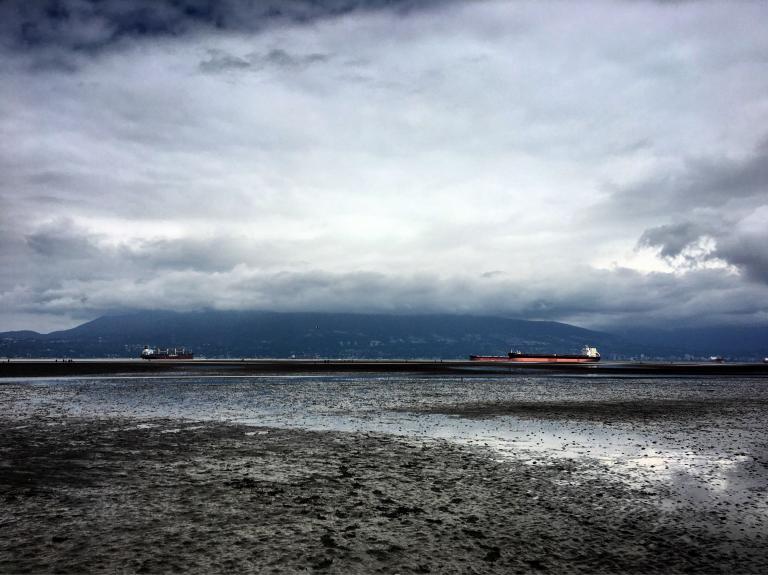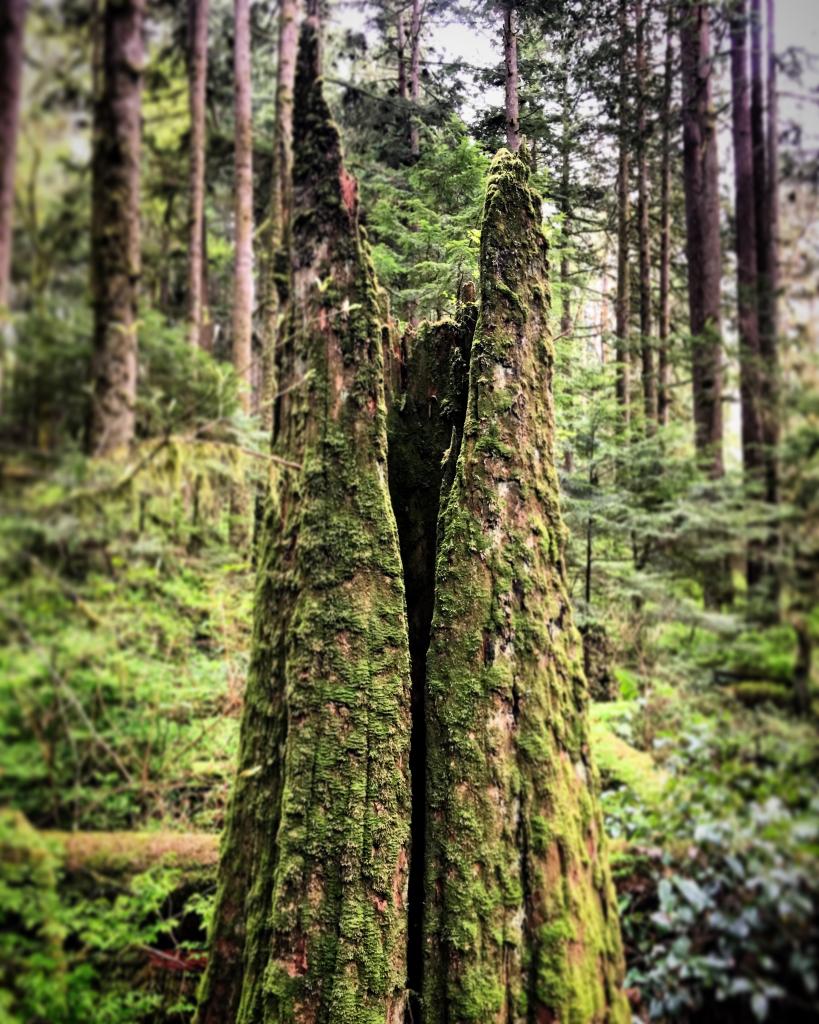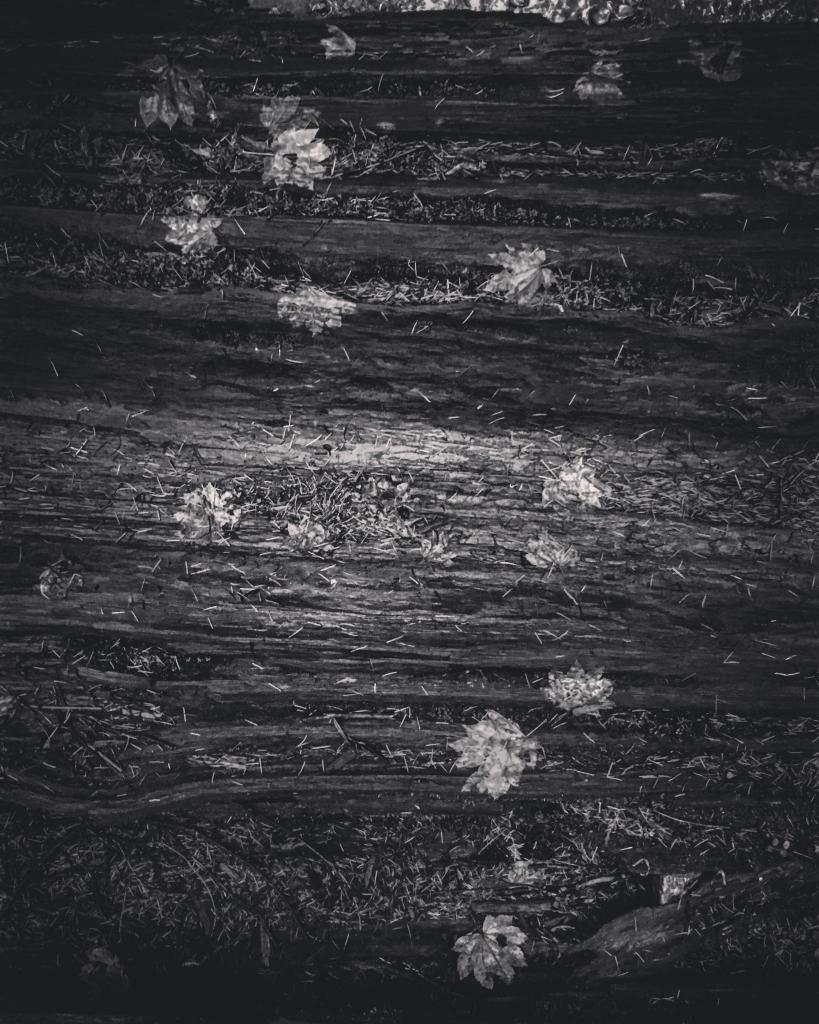 [Today I am preaching the Homily at worship at Vancouver School of Theology]
[Today I am preaching the Homily at worship at Vancouver School of Theology]
Gospel Reading
Luke 21:25-36
Homily
In the name of the Father, and of the Son, and of the Holy Spirit, One God, Amen.
There will be signs in the sun, the moon, and the stars, and on the earth distress among nations confused by the roaring of the sea and the waves.
A recent headline: “South Florida scientists say we must act now on sea level rise.” According to the IPCC at warming of 2 degrees Celsius, sea level rise could be expected to reach a global average of 4 meters, affecting millions of people. Is Christ coming soon?
People will faint from fear and foreboding of what is coming upon the world, for the powers of the heavens will be shaken.
Another recent headline: “Ecological grief among mental health effects of climate change in Canada.” There is mounting grief at the loss of habitat and species, the rise in carbon in the heavens, if you will, and ecological refugees. There is anxiety about the future, or, Solastalgia, a neologism coined to describe the mental distress of a rapidly changing environment. Is the Parousia near?
Now when these things begin to take place, stand up and raise your heads, because your redemption is drawing near.
Despite current events, predicting the literal second coming of Christ is a losing enterprise. Many Christians have attempted to do so, and all have been wrong. Even Paul and the early Church were wrong about a literal earthly return. In today’s Gradual Psalm we sense what the Church must have felt after their humiliation at the crucifixion:
1 To you, O Lord, I lift up my soul.
2 O my God, in you I trust;
do not let me be put to shame;
do not let my enemies exult over me.
3 Do not let those who wait for you be put to shame;
let them be ashamed who are wantonly treacherous.
They no doubt believed that Christ’s return was imminent—within a generation it was said. That Christ would humiliate their enemies and carry the faithful up into God’s kingdom perched at the pinnacle of the dome of the flat-earth’s heaven. Things didn’t quite turn out as they expected, but who could deny the sincerity of their hope as they watched the Romans mercilessly massacre and punish the community at Jerusalem. Jewish rebels held the city for nearly five years. And at the end of it, the temple was destroyed and nearly 30,000 zealots and Jewish civilians died in the siege of the city. The tiny Church must have looked to the sky until their necks ached. And yet, Christ did not descend in a cloud in power and glory.
Look at the fig tree and all the trees; as soon as they sprout leaves you can see for yourselves and know that summer is already near. So also, when you see these things taking place, you know that the kingdom of God is near.
What is God’s power anyway? A cross. What is God’s Glory anyhow? Creation. During the season of Advent, we marvel that while God’s power and glory are eventually headed for the throne of the cross, they are first on display in a helpless infant lying in a manger.
When is the kingdom of God near? When there were stars to observe, and trouble in the world. Always. Earth and heaven are always connected. Our current ecological crises and their effects on the earth point to the coming of God’s Kingdom because they reflect our civilization’s brokenness. The kingdom of God is near, because the Kingdom of God is a topsy-turvy kingdom of outcasts and sinners, lilies and sparrows. Jesus said, the Kingdom is like a mustard seed, it is like cooking yeast. The Kingdom of God is within; it fits within the bounds of a single human heart.
And even in a world that is always on the brink, we can find that Kingdom in unlikeliest of places: the bud break of a fig tree. When everything around us seems to be falling to pieces, with Jesus, we look to the trees. Silent givers of life, they announce the Kingdom of God with their own silent liturgy, vested in the colors of the earth. Yet, summer leaves also point to winter branches. In the Kingdom of God there is room for growth and decay, joy and pain. God’s Kingdom, at least here on earth, is always filled with both.
It should not strike us as strange then that at the beginning of Advent, at the beginning of the Church year, we are reading about the end things. Before the story begins, we are reading its conclusion. But in the topsy-turvy Kingdom, the beginning is the end; incarnation is salvation. Growing up, I always found the term “Second Coming” to be curious. Like a sequel to a classic film. But there can be no numeration to the Advent of the Word of God, who is eternally birthed from the Womb of the Father. He is always here, yet always on his way.
Be on guard so that your hearts are not weighed down with dissipation and drunkenness and the worries of this life, and that day does not catch you unexpectedly, like a trap.
The term Holy Waiting is paradoxical, because we are always waiting, and Christ’s Kingdom is always already here. But our liturgical seasons are the life of the Mystical Body of Christ. They are the inhaling and exhaling of the Church. The summer foliage, and the winter branches. Advent is a season of inhaling. A season of pruning. Of letting leaves die. Of waiting for green shoots. Advent is a season of asceticism and spiritual training. A time to refocus. A time for stillness. A time for quiet. A time for sinking into the dark night of the soul. In a world that threatens so much pain, whether or not we win should not be the factor that determines our commitment to right action. We must continue to live lives of beauty and hope even through the dark seasons of civilization. That is why there are dark seasons in the liturgy. We must not look away from the world. We must look to the trees, especially that tree that is both an instrument of torture and a tree of life. A tree whose seed was planted not in power and great glory, but in the humble soil of the Judean countryside.
May the Lord, when he comes, find us watching and waiting. Amen.


